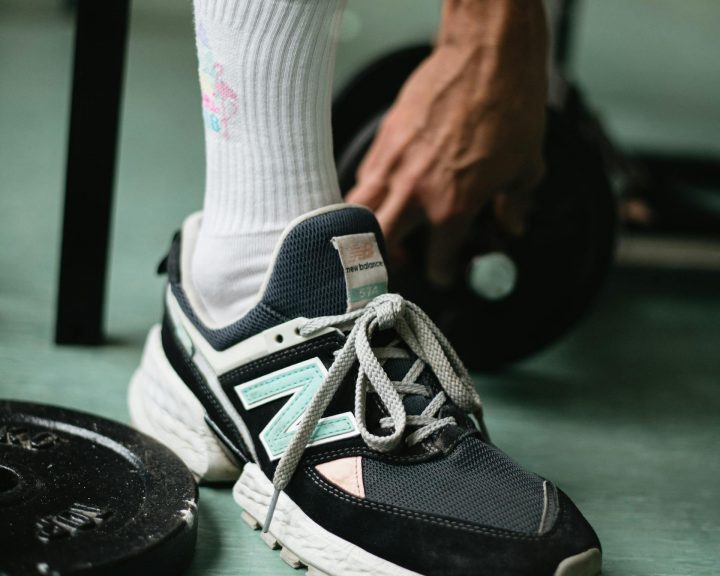ACL injuries are catastrophic, season-ending injuries. However, with advanced in medicine, rehab, and strength and conditioning they are no longer career-ending injuries. Between working with athletes and watching the media, it feels like athletes are able to return to sport and participate at a high level following reconstruction and a successful rehab program. However, it also feels like athletes with ACL injuries are more likely to injure their other knee, although up until now I haven’t really been able to document this. Two studies that were published in the current issue of the American Journal of Sports Medicine examined ACL injuries in young athletes.
Paterno et al studied 78 young athletes (age 10-25) who had sustained an ACL injury and undergone reconstruction. They followed these athletes for 24 months after their return to sport. The majority (80%+) of the athletes studied played soccer or basketball. They were compared to a control group of athletes, of similar age and sports participation, who had not suffered an ACL injury.
Almost 30% of the reconstruction group suffered a second ACL injury. Of those, almost 70% of those second ACL injuries were in the other knee. 82% of these injuries were suffered by female athletes.
Almost 9% of the control group suffered an ACL injury during the study.
Along the same lines, Kamath et al assessed the impact of ACL injury on the careers and knee re-injury of Division I athletes at the University of North Carolina at Chapel Hill from 2000 to 2009. During that time period, they had 35 athletes enter their programs who had undergone ACL reconstruction prior to enrolling in college. They also had 54 athletes who underwent reconstruction during their collegiate career.
Of the athletes who underwent reconstruction prior to college, 18 out of 35 of these athletes needed more knee operations. Of these 6 were ACL graft failures and 7 were ACL injuries to the other knee.
Of the athletes who underwent reconstruction during college, 11 out of 54 needed more knee operations. Of these 1 was an ACL graft repair and 6 were injuries to the contralateral ACL.
Taken together, these studies provide some interesting insights. First, athletes can successfully return to play after ACL reconstruction. Second, there is a strong chance of injury to the other knee. Third, athletes (at least in the population studied) that injure their ACL during high school are likely to require additional knee surgeries in college, which might have an impact on their recruitment. Fourth, athletes that suffer an ACL injury probably need to be on some type of “prehab” program in an attempt to prevent noncontact ACL injuries to the other knee.
Kamath, G.V., Murphy, T., Creighton, R.A., Viadia, N., Taft, T.N., and Spang, J.T. (2014). Anterior cruciate ligament injury, return to play, and reinjury in the elite collegiate athlete: Analysis of an NCAA Division I cohort. American Journal of Sports Medicine, 42(7), 1638-1643.
Paterno, M.V., Rauh, M.J., Schmitt, L.C., Ford, K.R., and Hewett, T.E. (2014). Incidence of second ACL injuries 2 years after primary ACL reconstruction and return to sport. American Journal of Sports Medicine, 42(7), 1567-1573.



